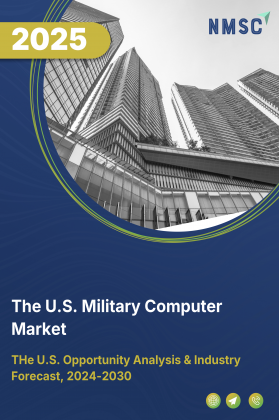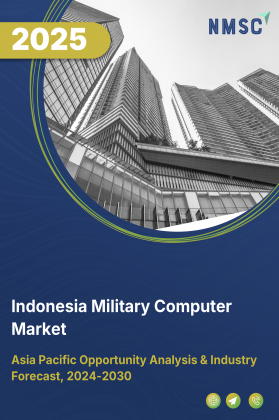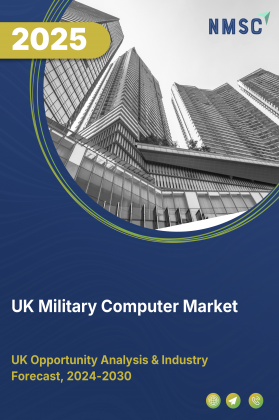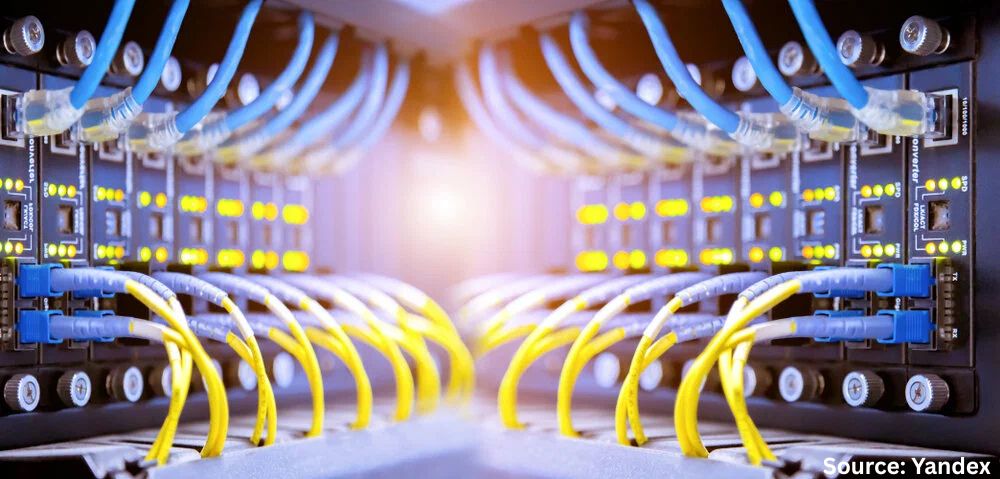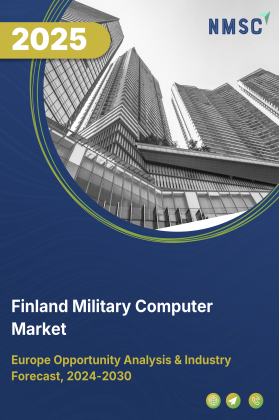
Finland Military Computer Market by Component (Hardware, Software, and Service), by Product (Rugged Computer, Embedded Computer, and Wearable Computer), by Application (Command and Control Systems, Communication Systems, Combat and Tactical Operations, Intelligence, Surveillance, and Reconnaissance (ISR) Systems, and Others), and by End-User (Army, Navy, and Air Force) – Opportunity Analysis and Industry Forecast, 2025–2030
Industry: Aerospace & Defense | Publish Date: 06-Nov-2025 | No of Pages: 78 | No. of Tables: 99 | No. of Figures: 56 | Format: PDF | Report Code : AD3661
Industry Outlook
The Finland Military Computer Market size was valued at USD 62.8 million in 2024 and is projected to grow to USD 71.35 million by 2025. Additionally, the industry is expected to continue its growth trajectory, reaching USD 114.4 million by 2030, at a CAGR of 9.9% from 2025 to 2030.
The factors such as expanding military sector along with increasing investment in defense drive market growth. However, high cost of computing systems pose significant challenges to market expansion. On the contrary, the implementation of AI and ML technologies offers promising future opportunities to enhance operational efficiency and decision-making capabilities. Moreover, the top players such as MilDef Group AB, Panasonic Corporation, and others are taking various initiates in order to enhance their market position and expand their product offerings.
These initiatives are expected to drive innovation and adoption in the military computer market, improving the overall effectiveness and readiness of defense forces. With advancements in AI and ML, companies are focusing on developing reliable communication and autonomous systems, offering enhanced security, privacy, and user control. As the market matures, the increasing demand for enhanced operational efficiency and decision-making capabilities is expected to fuel further growth.
Expanding Military Sector Driving Market Growth
The expanding military sector in Finland, combined with the growing demand for advanced military equipment and weaponry, is driving the need for advanced military computers. With a Power Index score of 0.7967, where Finland ranks 50th out of 145 countries in the 2024 Global Firepower (GFP) index, a lower score indicates greater military strength. The Finnish military consists of approximately 24,000 active personnel and 870,000 reserve personnel, supported by a varied inventory, including 200 tanks and 164 aircraft.
Finland's naval forces feature eight patrol vessels and 18 mine warfare assets, though it does not operate aircraft carriers or submarines. With a defense budget of around USD 6.67 billion, Finland's recent NATO membership, effective from April, 2023, underscores its commitment to collective security in response to regional threats, further boosting the demand for advanced military technologies, including military computing systems, in turn driving market growth.
Increasing Investment in Defense Sector Driving the Finland Military Computer Market Trends
The increase in Finland's GDP spending on military operations is driving the demand for rugged military computers, as they are crucial for modern defense networks. This shift reflects the nation's focus on enhancing its communication infrastructure to strengthen its military capabilities. The latest report from the International Institute for Strategic Studies mentions that effective in April 2023, Finland's NATO membership, led to a boost in its defense budget for 2024 to USD 6.58 billion, a significant rise from 2020 when spending increased by approximately 40%. Up from 1.99% in 2021 and 1.53% in 2020, this allocation now represents 2.3% of GDP. The rise in defense expenditure highlights the growing need for military computers to ensure efficient data transmission and support the country's evolving defense systems that subsequently boosts market growth.
High Cost of Computing System Restrains the Finland Military Computer Market Expansion
The high cost of military computing systems coupled with budget constraints presents a significant challenge in market growth. These factors limit the country's ability to invest in advanced technologies and modernize its defense infrastructure to meet evolving security demands, thus affecting the Finland military computer market growth negatively.
Integration of Artificial Intelligence and Machine Learning Technology Creates Future Market Opportunities
The integration of advanced technologies, such as artificial intelligence and machine learning creates possibility for military computer market growth. Military forces all over the region seeks to improve their capabilities to stay ahead of adversaries. These technologies allow military computers to analyze vast amount of data from various sources to provide actionable insights that improve situation awareness and tactical planning.
Also, these advanced technologies enable continuous learning from past operations and evolving threats, improving the performance of military computers. As defense budgets continue to rise and the need for advanced technologies increases, the integration of AI and ML in military computers is expected to drive significant growth in the market.
Competitive Landscape
Several key players operating in the Finland military computer industry are MilDef Group AB, Panasonic Corporation, Qualcomm Technologies, Inc., Advanced Micro Devices, Inc., Core System, Thales Group, NVIDIA Corporation, IBM Corporation, Mitsubishi Electric Corporation, Honeywell International Inc, Twinhead International Corp., Zebra Technologies Corp., and others.
Finland Military Computer Market Key Segments
By Component
-
Hardware
-
Processors
-
Input/Output Devices
-
Others
-
-
Software
-
Operating Systems
-
Application Software
-
-
Service
By Product
-
Rugged Computer
-
Rugged Laptops
-
Rugged Tablets
-
Rugged Displays
-
Rugged Handhelds
-
-
Embedded Computers
-
Wearable Computers
By Application
-
Command and Control Systems
-
Communication Systems
-
Combat and Tactical Operations
-
Intelligence, Surveillance, and Reconnaissance (ISR) Systems
-
Others
By End User
-
Army
-
Navy
-
Air Force
Key Players
-
MilDef Group AB
-
Panasonic Corporation
-
Qualcomm Technologies, Inc.
-
Advanced Micro Devices, Inc.
-
Core System
-
Thales Group
-
Mitsubishi Electric Corporation
-
Honeywell International Inc
-
Twinhead International Corp.
-
Zebra Technologies Corp.
-
Others
Report Scope and Segmentation
|
Parameters |
Details |
|
Market Size in 2025 |
USD 71.35 Million |
|
Revenue Forecast in 2030 |
USD 114.4 Million |
|
Growth Rate |
CAGR of 9.9% from 2025 to 2030 |
|
Analysis Period |
2024–2030 |
|
Base Year Considered |
2024 |
|
Forecast Period |
2025–2030 |
|
Market Size Estimation |
Million (USD) |
|
Growth Factors |
|
|
Companies Profiled |
12 |
|
Market Share |
Available for 10 companies |
|
Customization Scope |
Free customization (equivalent up to 80 working hours of analysts) after purchase. Addition or alteration to country, regional, and segment scope. |
|
Pricing and Purchase Options |
Avail customized purchase options to meet your exact research needs. |

















 Speak to Our Analyst
Speak to Our Analyst



